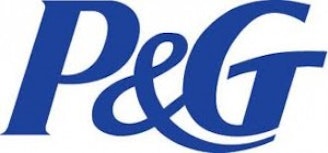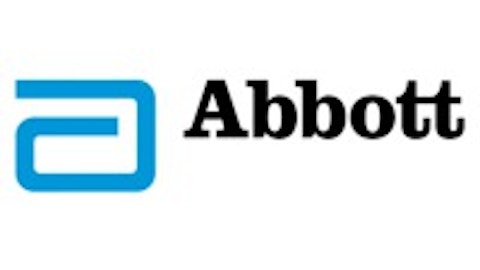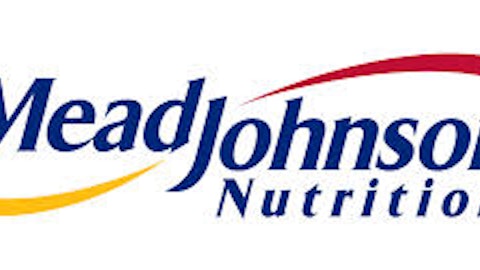
What’s coming
Later this week, State Street Corporation (NYSE:STT) plans to launch two new exchange-traded funds geared toward including companies whose shares move less violently than the overall stock market. The two ETFs will divide the market into large-cap and small-cap sectors, with each fund focusing on low-volatility stocks in its target market-capitalization segment.
State Street isn’t the pioneer in the low-volatility fund universe. PowerShares has the biggest low-volatility ETF in the space, the PowerShares S&P 500 Low Volatility ETF with its large-cap targeting fund managing more than $3.7 billion, and the ETF management company recently issued related funds targeting mid-cap and small-cap stocks.
Why low volatility?
As this article discusses at greater length, multiple studies have shown that stocks with lower volatilities produce better performance over the long run than their more volatile counterparts. That result came as a surprise, as the capital asset pricing model predicts that the riskier an investment is, the greater its return should be.
The outperformance of low-volatility stocks doesn’t come all at once, however. During big bull-market periods, they tend to lag behind more explosive high-volatility stocks, collecting more modest gains. But where low-volatility stocks shine is during downturns, when they fall much less sharply and preserve more of the gains they earned during better market conditions.
2 causes for concern
We’ve seen the shortcomings of the low-volatility strategy over the past year during the stock market’s big rally. In 2012, the PowerShares ETF underperformed the S&P 500 by nearly 6 percentage points. Although some shortsighted investors would see that as a reason to discard the strategy, longer-term investors would only see it as indicative of the risk-reward spectrum that the ETF is designed to provide as market conditions change.
In fact, what may worry long-term investors more is the fact that so far in 2013, the strategy has managed to keep up with the booming overall stock market. In particular, with the rally pushing stocks to five-year highs, investors have gotten a lot more defensive, and they’re bidding up prices of companies that have historically held up well during market reversals.
Looking at specific stocks within the low-volatility ETF’s portfolio, The Procter & Gamble Company (NYSE:PG) and The Clorox Company (NYSE:CLX) both fetch nearly 20 times trailing earnings after having risen more than 10% in just six weeks, as the consumer-oriented companies expect their revenues to hold up even if an economic slowdown comes. Similarly, food giants The Hershey Company (NYSE:HSY) and General Mills, Inc. (NYSE:GIS) have gained more than 10% on speculation that the recent buyout of Heinz could lead to further merger and acquisition activity in the space. Yet Hershey is trading at an all-time high, with its trailing P/E nearly 30, and even looking out to fiscal 2014, its forward multiple is well above 20. General Mills has a more reasonable valuation, but it too has hit record highs for its stock.





